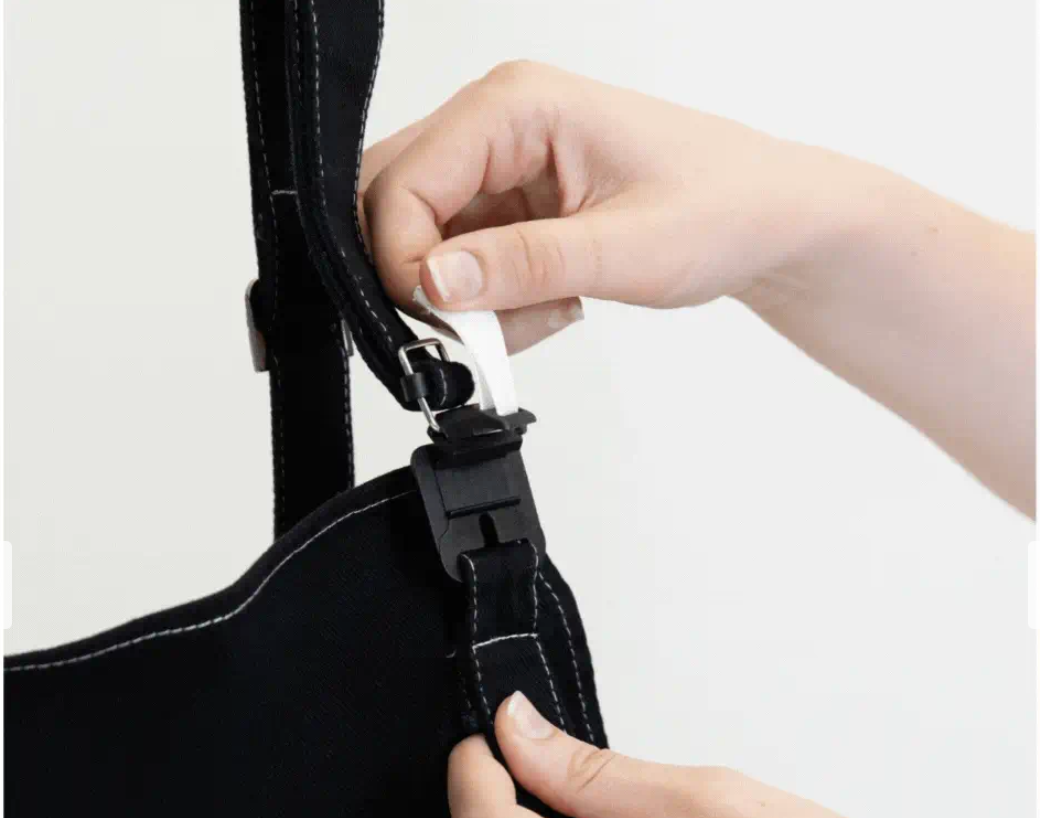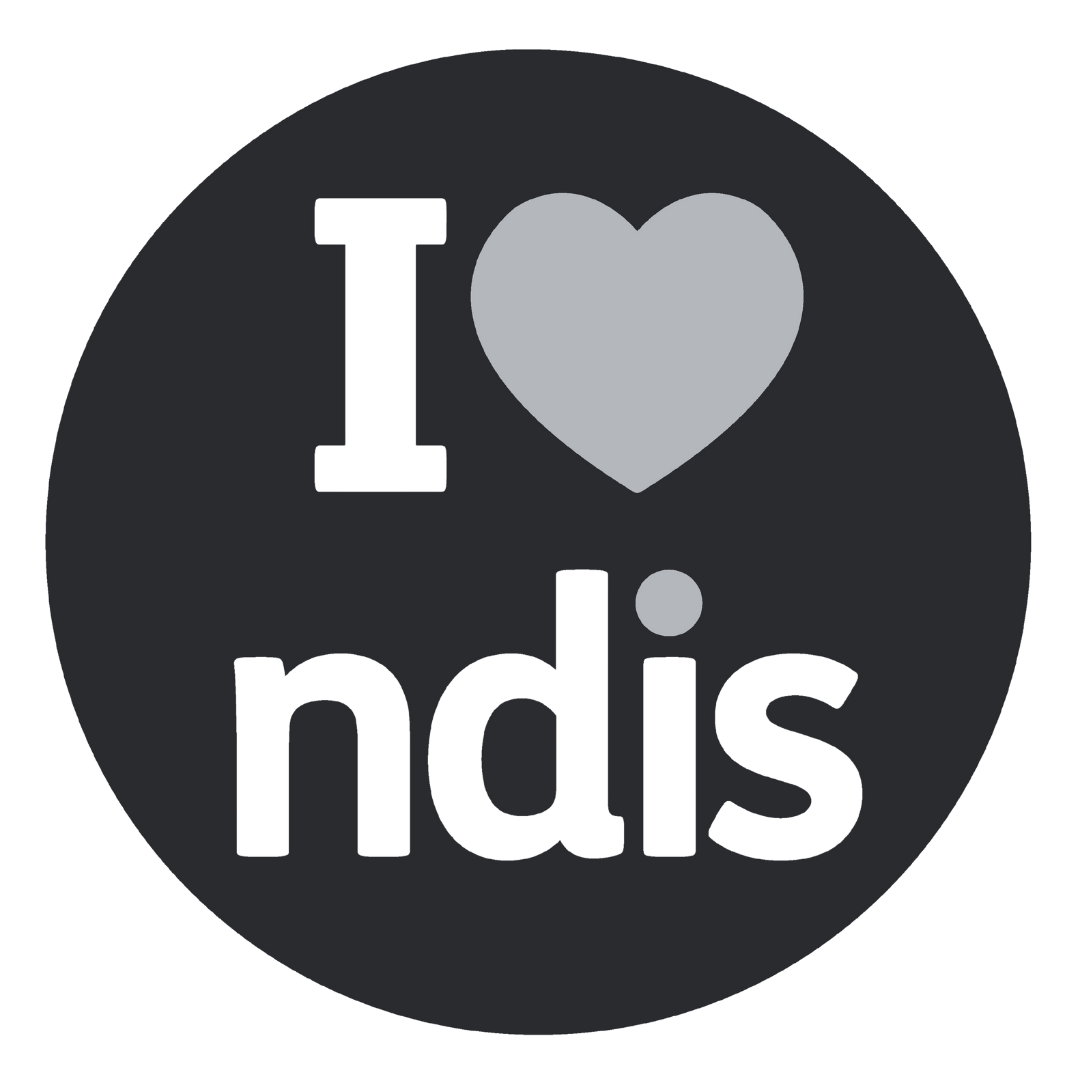At JAM we often get asked what is different about our clothing? How are our adaptive items so different from mainstream clothing? Whilst we often use subtle adaptive features throughout our designs, sometimes the adaptations are quite obvious. One feature we always get asked about and people seem very interested in, are our magnetic closures. Throughout many of our Adaptive Clothing products, we utilise magnets instead of traditional closures. This looks like flat round magnets instead of buttons on shirts, magnetic press studs, magnetic belts, magnetic zips and magnetic buckles. Sometimes these closures are more obvious, such as the magnetic buckles on our overalls or they can be more hidden, like the magnets on our shirts that are sewn into the fabric.
When we design, we consider a multitude of dressing needs and how our customers may go about getting dressed. Within this, we think about what design features will make that task easier. Often traditional closures on clothing can be a real struggle for people with varying disability. For example, doing small shirt buttons up could be really difficult for those with physical disability who struggle to do the fine motor movements required, for those with intellectual disability who find aligning buttons difficult and time consuming or those with chronic pain and fatigue who can physically do up buttons but the time and energy it takes to do this means they have to rest for hours or have reached their pain thresholds much sooner. So often we’re looking at what we can replace these traditional closures with. The ideal solution is to remove these fasteners all together, like how our Chinos have a fake fly and elastic waist, but this isn’t always possible. We then discuss what our different options are for easier fastening, press studs, velcro and magnets are always the go-to. So why do we use magnets?
Magnets are typically strong enough to keep the garment securely in place but are designed to be easily manipulated by hand. Magnets tend to be very user-friendly, they move in the motion they need to attach to themselves so you’re not trying to figure out how the closure exactly works. Magnets are also more likely to be aesthetically pleasing than the common alternatives like Velcro. Whilst we do have Velcro featured in a few of our items, where it is functionally the best option, we tend not to use it as much, as it can be unattractive, bulky, lose quality with wear and can sometimes not be as easy as the other options.
While magnetic clothing offers numerous benefits, there are some challenges and considerations to keep in mind. Ensuring the magnets are strong enough to hold the garment securely but not too strong to make unfastening difficult is crucial. This is why our sampling process can sometimes be a bit longer than mainstream fashion brands, as we want to make sure adaptive features are going to work well for our customers. Additionally, careful placement of magnets is necessary to avoid discomfort or interference with medical devices. We recommend that those with pacemakers or other devices that could be sensitive to magnets, consult with their doctors before wearing our clothing that features magnets.
Overall, the benefits magnetic clothing provides in terms of accessibility and convenience is a major positive for so many people. By addressing the needs of individuals with disabilities and promoting inclusive fashion, magnetic clothing is paving the way for a more equitable and stylish future. As technology continues to advance, we are excited to explore even more creative and practical applications of magnetic closures, to continue making dressing easier and more enjoyable for everyone.


